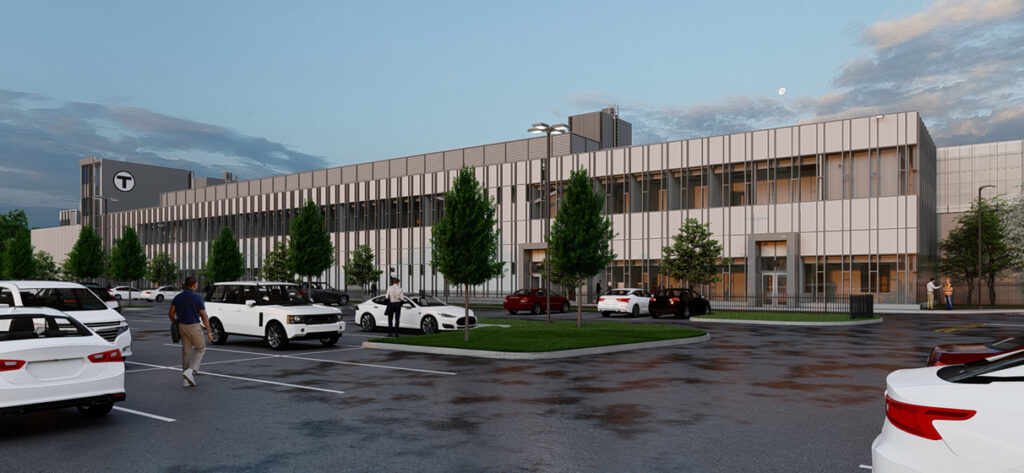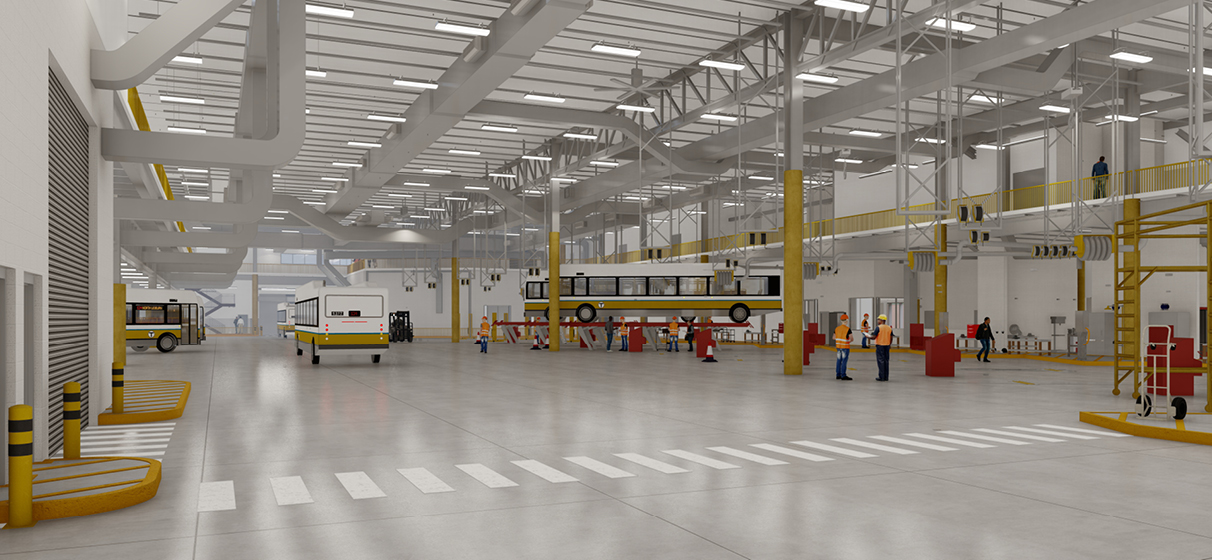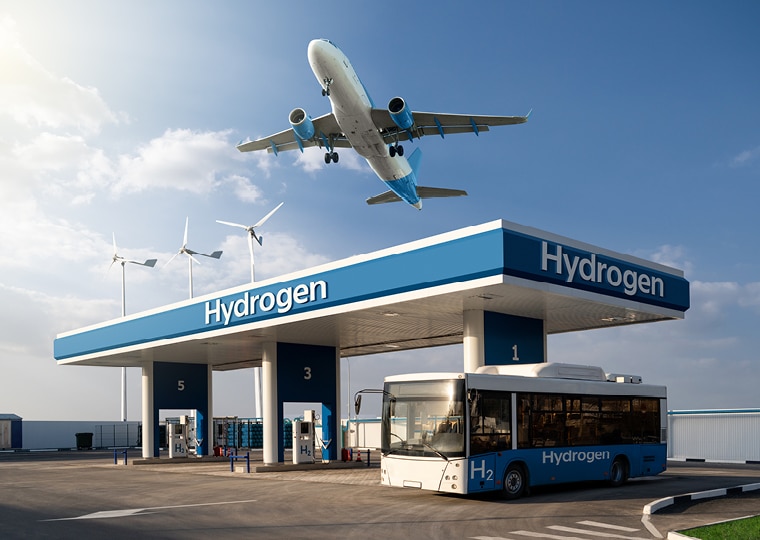As a fire protection engineer, I’ve always been drawn to projects that push the boundaries of traditional design and challenge me to innovate. The Massachusetts Bay Transportation Authority’s (MBTA) Quincy Bus Maintenance Facility project exemplifies this idea perfectly. This new facility will be MBTA’s first maintenance facility outfitted specifically for electric vehicles.
The landscape of transportation is rapidly evolving, and with it, fire protection engineering challenges have become increasingly sophisticated. Electric vehicles introduce unique fire risks that fundamentally differ from traditional combustion engine technologies. Unlike conventional vehicle fires, electric vehicle battery fires present a complex set of challenges. They can be more intense, potentially reignite after initial suppression and require specialized extinguishing approaches that go beyond traditional firefighting methods.
Our design process became a deep dive into understanding these nuances. Battery chemistry and thermal runaway potential became our primary focus. We had to consider not just immediate fire suppression, but also long-term safety protocols for charging infrastructure, battery storage and maintenance procedures. This meant developing comprehensive strategies that addressed potential thermal propagation, electrical short-circuit risks and the unique chemical compositions of lithium-ion battery systems.
Collaboration became our most crucial tool. In addition to working closely with the MBTA, I regularly connected with local fire departments and state building inspectors to gather a distinct blend of technical expertise and collaborative problem-solving. Our shared goal was clear: develop a design that not only met safety standards but also anticipated the unique challenges of electric vehicle maintenance facilities.

My approach was methodical and driven by curiosity. I conducted in-depth research, analyzing fire modeling results and carefully interpreting codes to explore electric vehicle fire risks. Every conversation and technical investigation was an opportunity to deepen my understanding of the intricate safety requirements of this emerging technology. The most exciting aspect was the constant learning – electric vehicles present a unique set of fire safety challenges that differ significantly from traditional vehicle maintenance facilities.
Battery technology, charging infrastructure and unique fire propagation characteristics required us to think beyond conventional design principles. We weren’t just designing a facility but creating a blueprint for future sustainable transportation infrastructure. Each innovative solution was a step towards more resilient and safer public transportation systems.
This project reinforced my belief that fire protection engineering is about more than just meeting code requirements. It’s a profession that sits at the intersection of technological innovation and human safety. We’re not just engineers – we’re guardians of public well-being, tasked with creating spaces that protect lives while enabling progress.
To young engineers and aspiring professionals, I offer this advice: embrace curiosity. The most exciting solutions often lie at the intersection of different disciplines, where curiosity meets technical expertise. The Quincy Bus Maintenance Facility is more than a project – it’s a testament to the power of innovative engineering and collaborative problem-solving.








